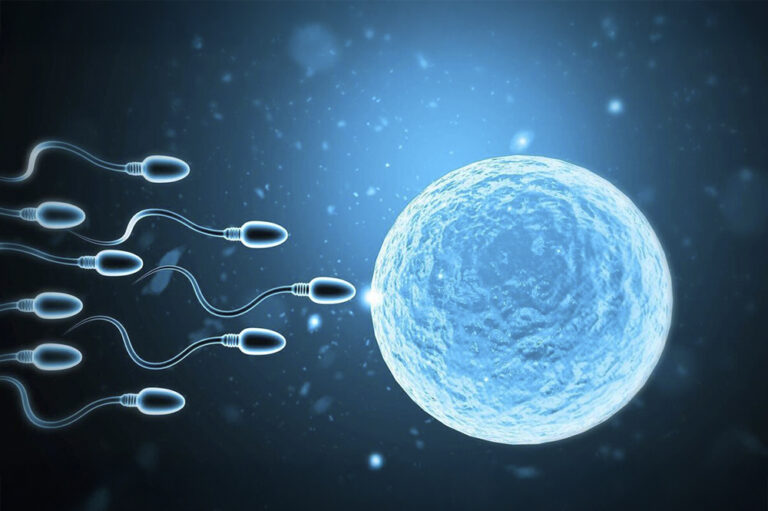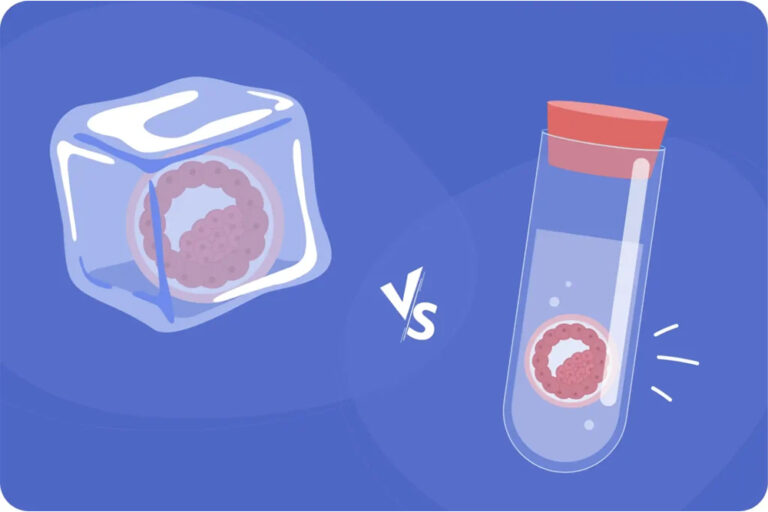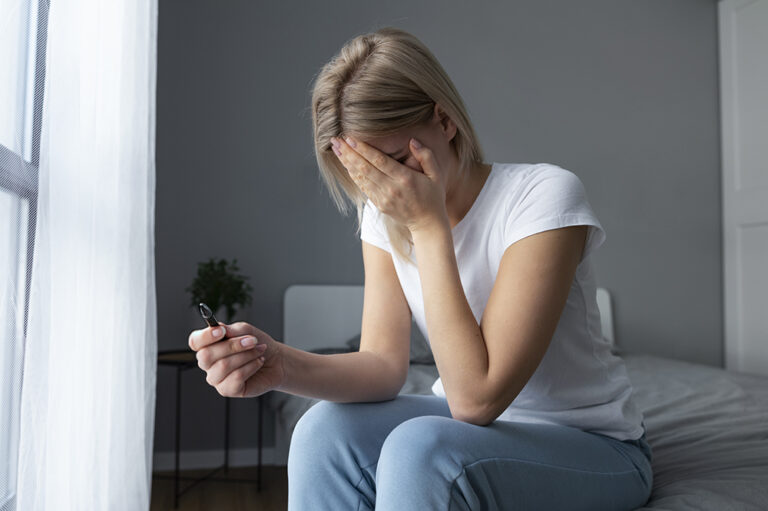Secondary amenorrhea is a condition in which a woman who has previously had regular menstrual cycles stops getting her period for three months or longer. This condition can be distressing and may signal an underlying health issue. If you are experiencing a missed period and are concerned about secondary amenorrhea, this blog will help you understand its causes, symptoms, and the available treatment options.
What is Secondary Amenorrhea?
Amenorrhea refers to the absence of menstruation. There are two types:
- Primary Amenorrhea: When a young woman has not started her period by the age of 16.
- Secondary Amenorrhea: When a woman who has previously had regular periods stops menstruating for three months or longer.
Secondary amenorrhea can affect women of reproductive age and is often related to hormonal imbalances. It is important to note that secondary amenorrhea differs from pregnancy, so if you suspect pregnancy, it’s important to rule that out first.
Causes of Secondary Amenorrhea
The causes of secondary amenorrhea can vary widely and may involve hormonal imbalances, lifestyle factors, or medical conditions. Below are some of the most common causes:
- Pregnancy
The most common reason for a missed period in women of reproductive age is pregnancy. If you’re sexually active and notice a missed period, it’s crucial to take a pregnancy test.
- Polycystic Ovary Syndrome (PCOS)
PCOS is a hormonal disorder that affects the ovaries, causing irregular periods, weight gain, acne, and excess hair growth. Women with PCOS may experience secondary amenorrhea due to anovulation (lack of ovulation).
- Thyroid Disorders
Both an overactive (hyperthyroidism) and underactive thyroid (hypothyroidism) can interfere with your menstrual cycle. The thyroid gland regulates various body functions, and any disruption can cause hormonal imbalances leading to missed periods.
- Stress and Emotional Factors
High levels of physical or emotional stress can disrupt the body’s normal hormonal rhythms, resulting in missed periods. Chronic stress, anxiety, or traumatic events can all contribute to secondary amenorrhea.
- Excessive Exercise and Low Body Weight
Women who engage in extreme physical activity, especially athletes, may experience secondary amenorrhea. Excessive exercise combined with insufficient body fat can interfere with the release of hormones needed for ovulation, leading to missed periods.
- Premature Ovarian Insufficiency (POI)
POI occurs when a woman’s ovaries stop functioning before the age of 40, leading to a decline in estrogen production and the cessation of menstruation. This condition can result from autoimmune diseases, genetic factors, or medical treatments such as chemotherapy.
- Chronic Medical Conditions
Certain chronic health conditions like diabetes, celiac disease, and pituitary disorders can interfere with your menstrual cycle and cause secondary amenorrhea. These conditions affect hormone production and overall reproductive health.
- Medications
Some medications, including birth control pills, antipsychotics, antidepressants, and chemotherapy drugs, can disrupt the menstrual cycle and lead to missed periods.
- Weight Fluctuations and Eating Disorders
Extreme weight loss or eating disorders like anorexia nervosa or bulimia can lead to hormonal disruptions. When the body lacks enough fat to maintain normal reproductive function, menstruation may stop.
- Uterine or Cervical Issues
Conditions such as Asherman’s syndrome (scarring in the uterus) or abnormalities in the cervix can lead to secondary amenorrhea by preventing the normal flow of menstrual blood.
Symptoms of Secondary Amenorrhea
The primary symptom of secondary amenorrhea is the absence of menstruation. However, it’s important to note that other accompanying symptoms can provide clues to the underlying cause of the condition:
- Hot flashes
These are often associated with premature ovarian insufficiency or menopause.
- Night sweats
Like hot flashes, night sweats can occur with hormonal imbalances.
- Changes in skin, hair, or weight
Weight gain, hair loss, or excess hair growth on the face or body may indicate conditions like PCOS or thyroid disorders.
- Pain during intercourse
Vaginal dryness, often caused by hormonal changes, can lead to discomfort or pain during sex.
- Mood changes or irritability
Hormonal imbalances can affect mood and lead to depression or irritability.
- Headaches
Hormonal fluctuations or thyroid issues can sometimes trigger headaches.
Diagnosis of Secondary Amenorrhea
If you’ve missed your period for three months or more, it’s important to see a healthcare provider for a thorough evaluation. Your doctor will begin by taking a detailed medical history, including information about your menstrual cycle, lifestyle, stress levels, and any relevant health conditions.
Your healthcare provider may recommend several tests to determine the cause of secondary amenorrhea:
- Pregnancy Test
This is the first step to rule out pregnancy as the cause.
- Blood Tests
Hormonal blood tests can assess your levels of estrogen, progesterone, thyroid hormones, and prolactin. This helps identify any imbalances or underlying conditions.
- Ultrasound
A pelvic ultrasound can check for conditions like polycystic ovaries, uterine abnormalities, or ovarian cysts.
- MRI or CT Scan
In cases where a pituitary disorder is suspected, imaging tests may be needed to assess the pituitary gland.
Treatment for Secondary Amenorrhea
The treatment for secondary amenorrhea depends on the underlying cause. Once the cause is identified, your healthcare provider will work with you to create a personalized treatment plan.
- Hormonal Therapy
If secondary amenorrhea is caused by hormonal imbalances, hormone replacement therapy (HRT) may be recommended. For example, women with low estrogen may benefit from estrogen supplementation to regulate their periods.
- Ovulation Induction
If you are experiencing secondary amenorrhea due to PCOS or other ovulatory disorders and are trying to conceive, medications such as Clomid (clomiphene citrate) may be prescribed to stimulate ovulation.
- Thyroid Treatment
If thyroid dysfunction is the cause, thyroid hormone replacement or other treatments may be used to restore normal menstrual cycles.
- Stress Management
If stress is contributing to your missed periods, addressing the root causes of stress through therapy, relaxation techniques, and lifestyle changes can help restore your menstrual cycle.
- Lifestyle Changes
Maintaining a healthy weight and reducing excessive exercise can help regulate your menstrual cycle. Eating a balanced diet and avoiding extreme weight fluctuations can also be beneficial.
- Surgical Treatment
In some cases, surgery may be required to address structural issues like scarring or fibroids that are causing secondary amenorrhea.
When to Seek Medical Help
If you’ve missed your period for three months or longer, it’s essential to consult with your doctor. Prompt treatment can help prevent long-term health issues and improve your chances of conception if you’re trying to become pregnant.
Conclusion
Secondary amenorrhea can be caused by a variety of factors, from hormonal imbalances to medical conditions and lifestyle choices. Understanding the underlying cause is key to managing the condition and restoring regular menstrual cycles. If you’re concerned about missed periods, it’s essential to see a healthcare provider who can offer guidance and treatment options tailored to your individual needs.










